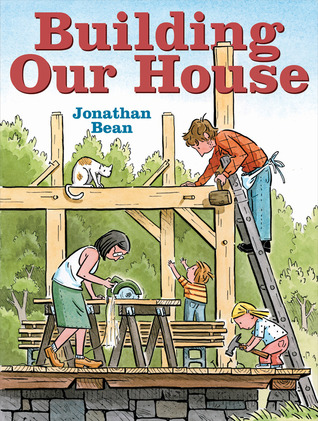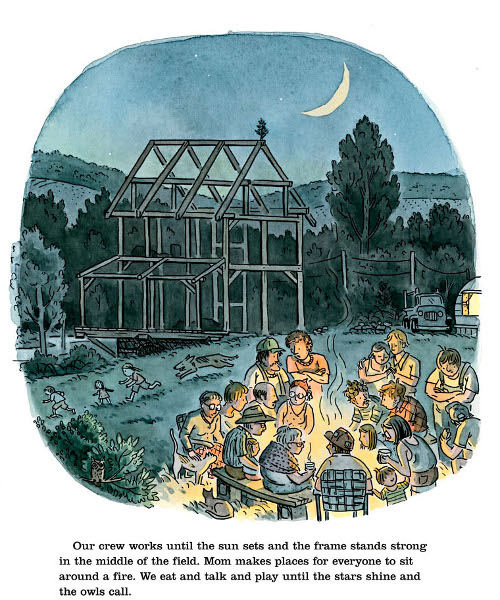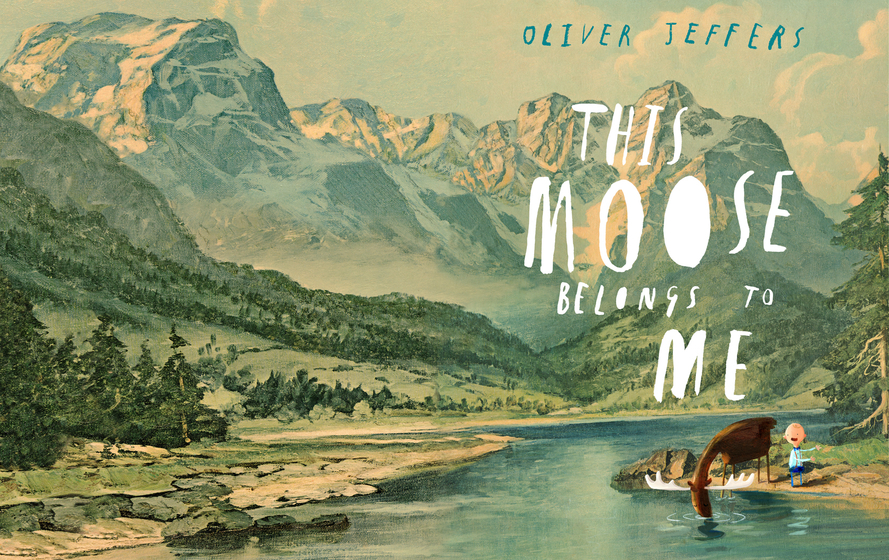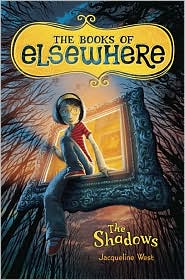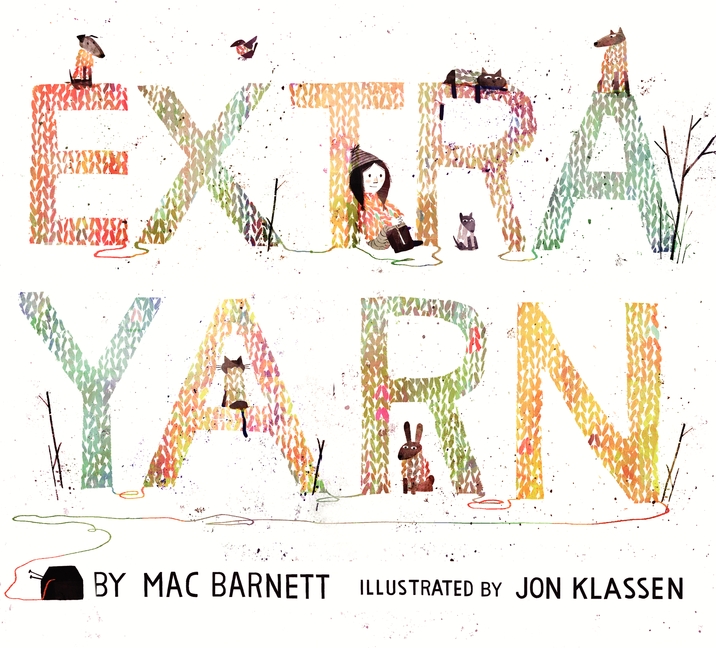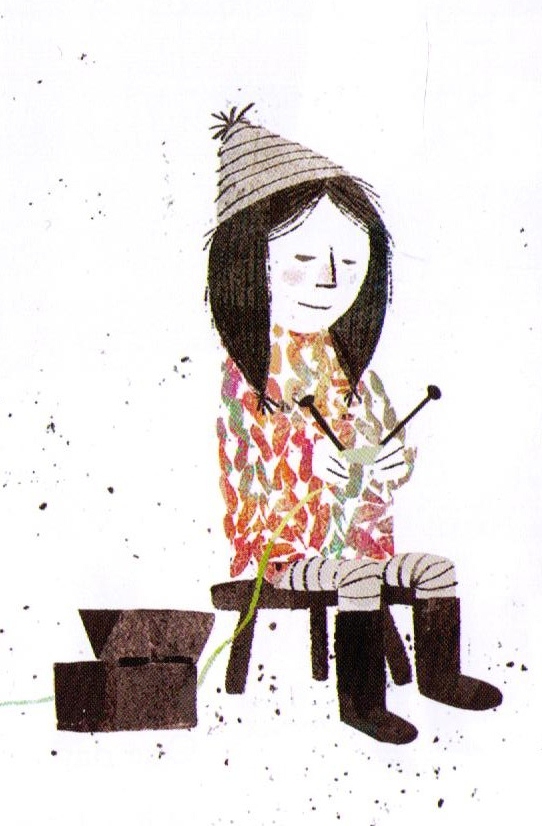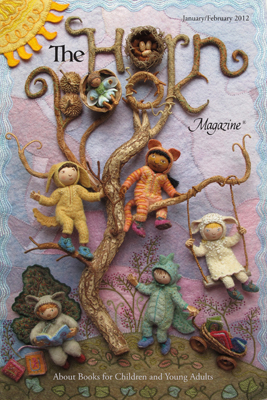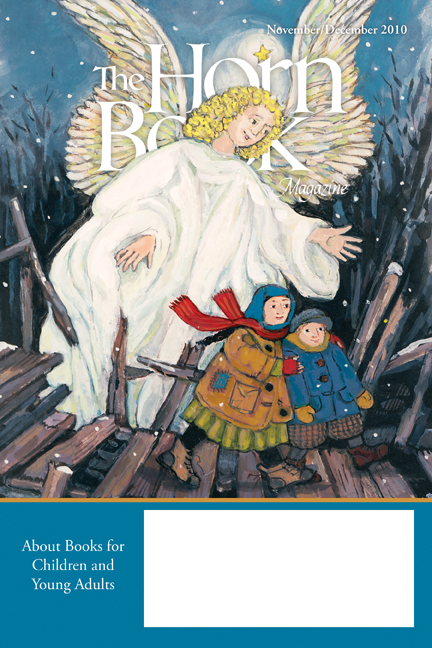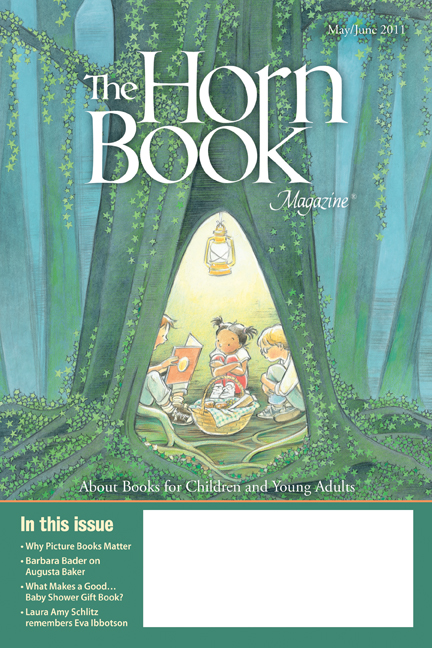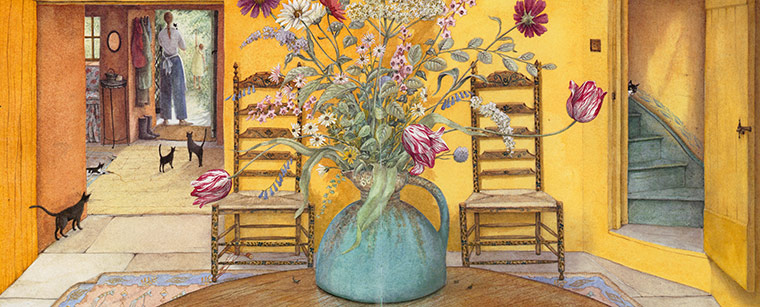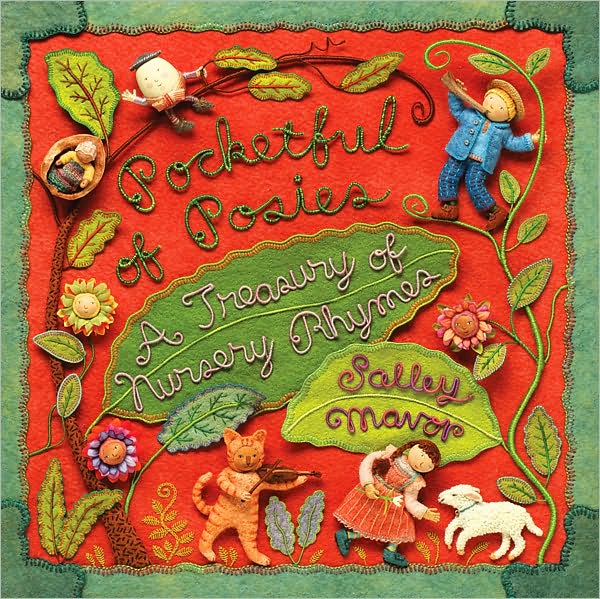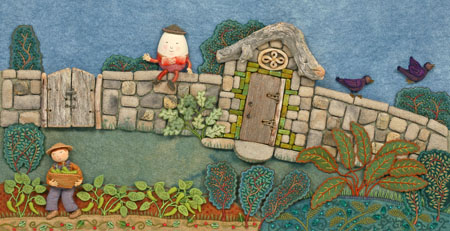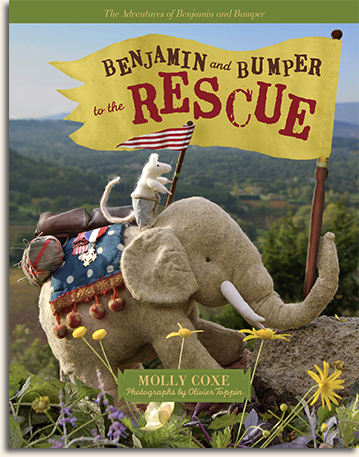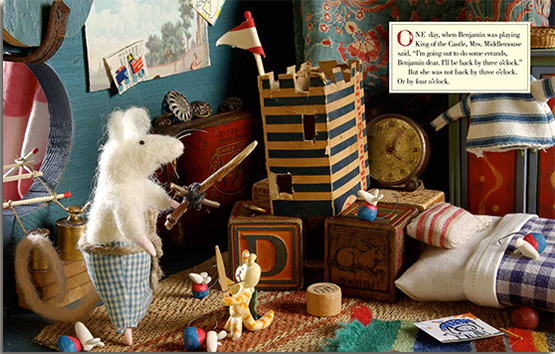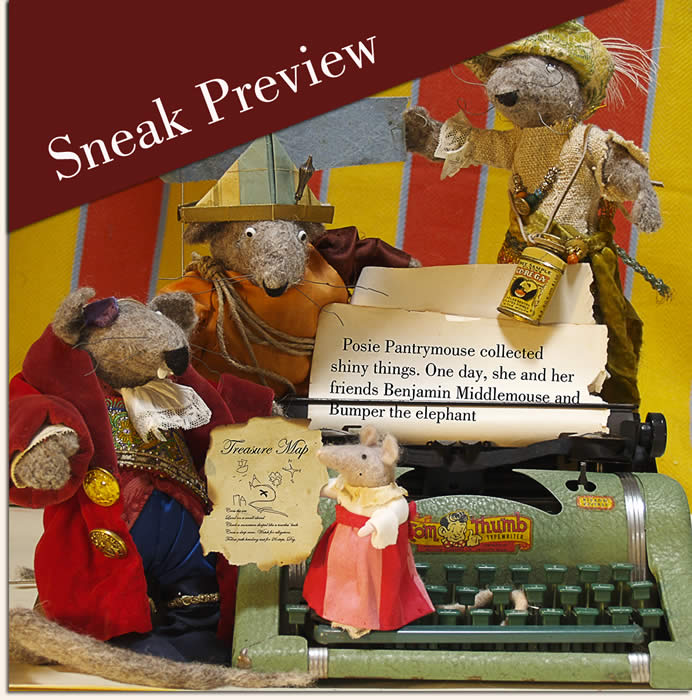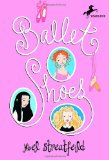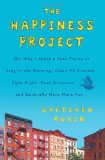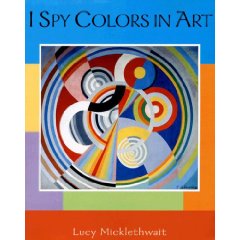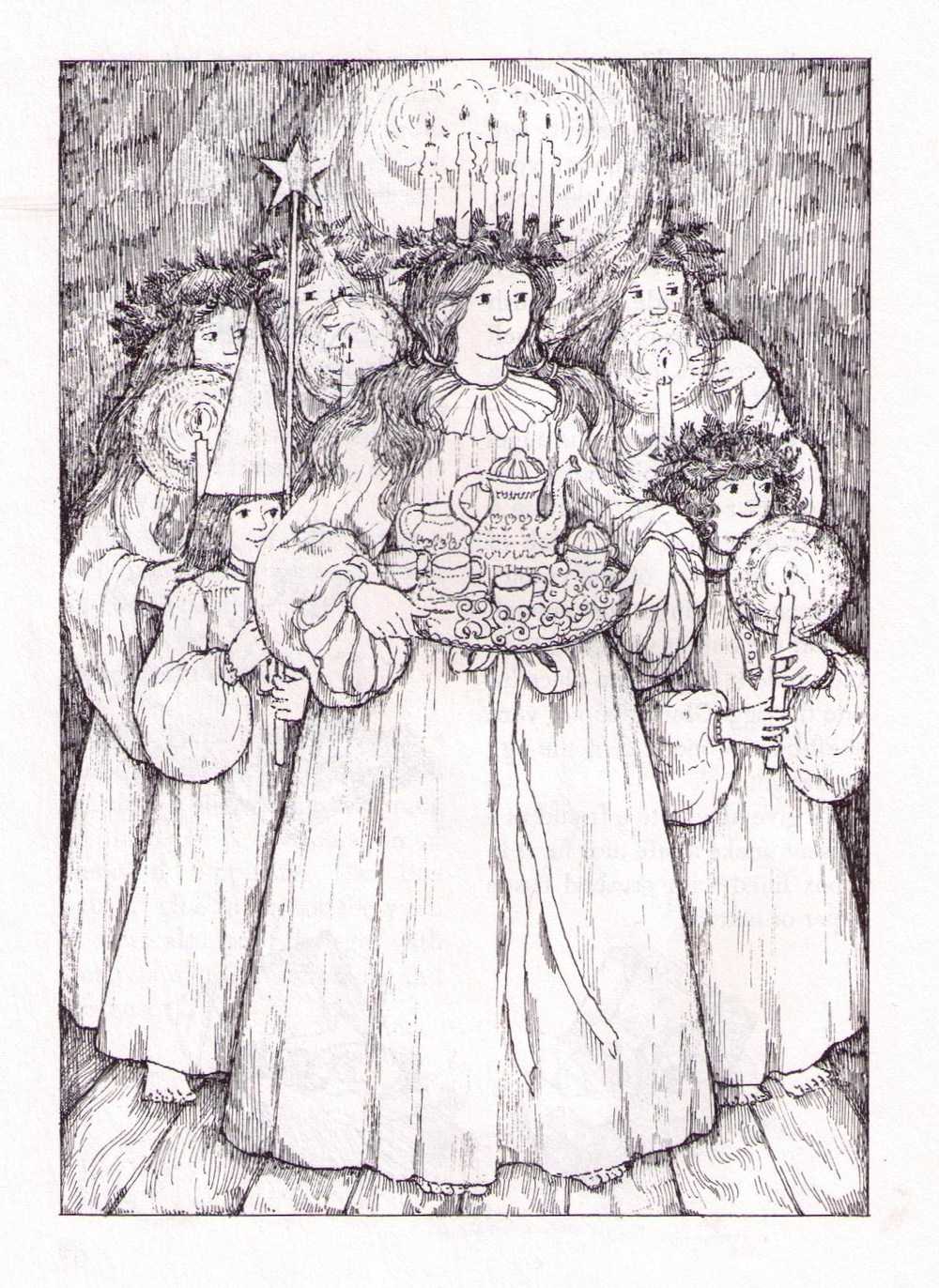 Today is Santa Lucia Day, which may or may not mean anything to you depending on whether you're Swedish. I'm not, but my husband's grandfather was, and we celebrate the day with Santa Lucia buns and books (I've written about Lucia and the Light by Phyllis Root and Hugo and Josephine by Maria Gripe here in other years, but somehow haven't gotten around to Kirsten's Surprise by Janet Shaw, from the American Girls Collection. Maybe next year). My son outgrew his starboy hat a couple of years ago, but my daughter still wears her (battery-operated) crown.
Today is Santa Lucia Day, which may or may not mean anything to you depending on whether you're Swedish. I'm not, but my husband's grandfather was, and we celebrate the day with Santa Lucia buns and books (I've written about Lucia and the Light by Phyllis Root and Hugo and Josephine by Maria Gripe here in other years, but somehow haven't gotten around to Kirsten's Surprise by Janet Shaw, from the American Girls Collection. Maybe next year). My son outgrew his starboy hat a couple of years ago, but my daughter still wears her (battery-operated) crown.
This lovely image of a "Lucia bride," wearing the traditional white gown and crown of candles, is by Anita Lobel, from Christmas Crafts: Things to make the 24 days before Christmas by Carolyn Meyer (Harper & Row, 1974). It's one of my favorite Christmas books, with international Christmas traditions and projects for every day. Some of them are a little dated (there's macrame), but many others have become our family's Christmas traditions, too: from making homemade advent calendars (December 1) to decorating a tree for the birds (December 23) and baking a chocolate yule log (December 24).
Lobel's black-and-white illustrations (and there are lots of them) are a big part of the charm of Christmas Crafts. I love Lobel's work any time of year, but at Christmas, don't miss her illustrations for The Night Before Christmas: A Victorian Vision of the Christmas Classic by Clement C. Moore (2000) and The Stable Rat and Other Christmas Poems by Julia Cunningham (2001). Come to think of it, A New Coat for Anna by Harriet Zeifert, with pictures by Anita Lobel (Knopf, 1986) is a Christmas story, too--and it's still in print. Happy Santa Lucia Day!


